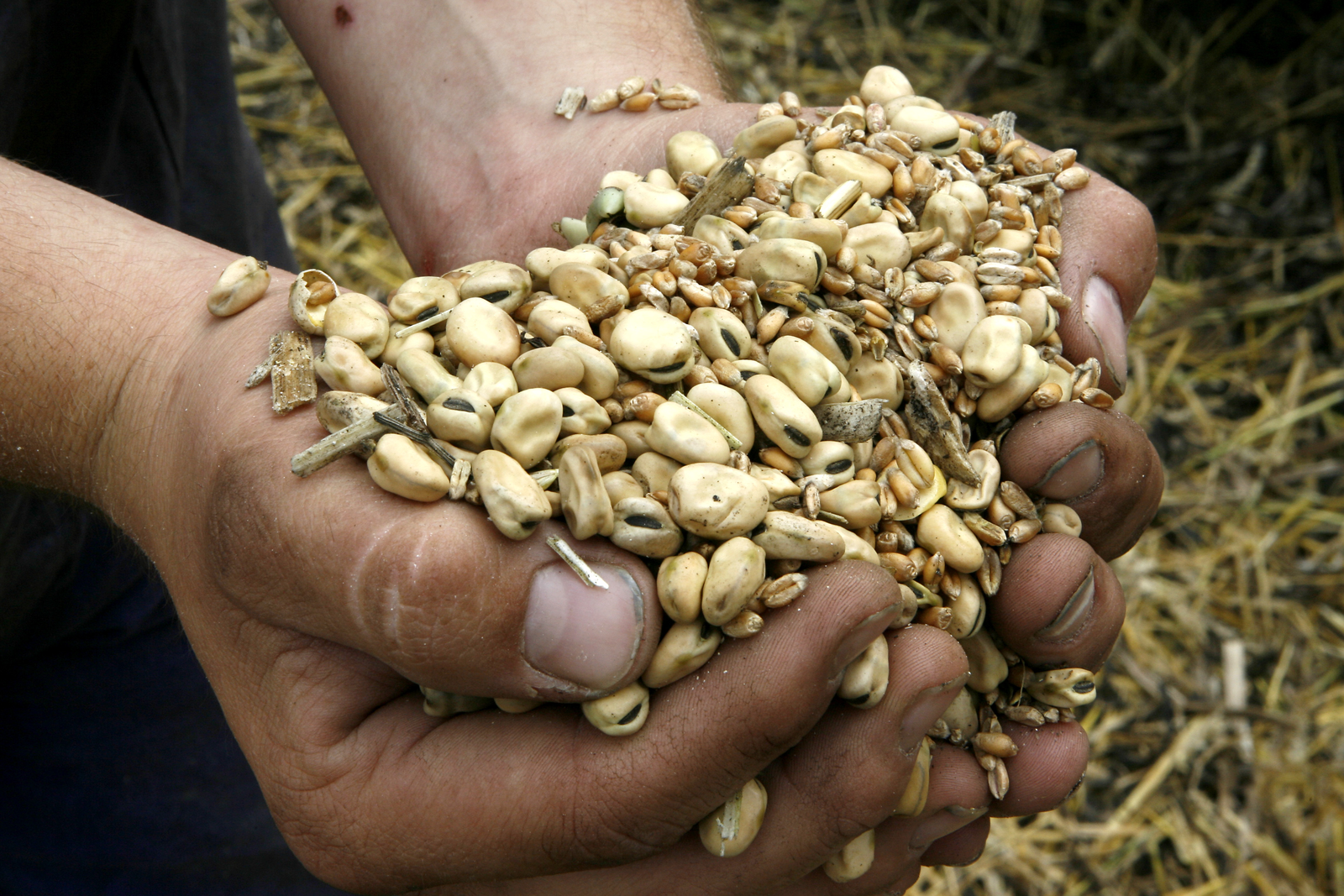Sourcing local protein a struggle in Europe

It remains difficult for European feed companies to source protein ingredients locally. The overall share in livestock diets has even gone down in the last couple of years.
This is stated in a report from Milieudefensie and Wageningen Environmental Research (Alterra) and Wageningen Livestock Research. They investigated the share of protein of regional source in the most protein-rich compound feed products (>157 g/kg crude protein) of the Dutch feed use for the years 2011, 2013, 2014 and 2015.
Less popular but little bit more volume
The researchers defined ‘regionally sourced protein’ as those ingredients that supply the animal feed with proteins, and that originate from crops grown in Europe. The share of regional protein in compound feed in the Dutch livestock industries was 50% in 2011, 45% in 2013, 48% in 2014 and 45% in 2015.
The slight drop, compared to 2011, is the result of increased use of soy (from outside Europe) and a decreased use of sunflower meal (regional). However, the absolute figure of regional protein use in 2015 was higher than 2014. This is because the number of pigs and poultry in the Netherlands have increased again. Between 2013 and 2015, the number of pigs in the Netherlands increased with 340,000 animals.
Differences between species
It was also noted that the use of regional protein sources varies between animal species and varies over the years. This is especially the case for poultry. The low percentage regional protein for dairy cattle, pigs and poultry are mainly caused by the high share of soy (and palm kernel cake for dairy cattle) in the ration.
The broiler sector uses less regional protein over the years. This is due to the fact that more soybean meal is used and less peas and potato protein. For layer hens, less soy bean meal is used in the diet, which leads to a rise in total regional protein use in layer diets. Despite the rise in the number of dairy cattle and hence the total use of dairy feed in 2015, the volume of regional protein saw a drop in 2015. Apparently, more protein is sourced from roughage.
Source: Milieudefensie











